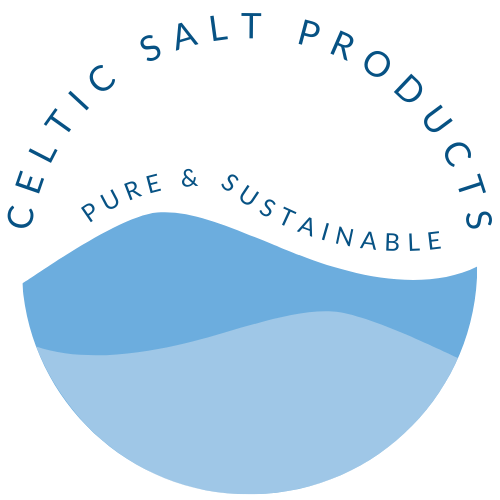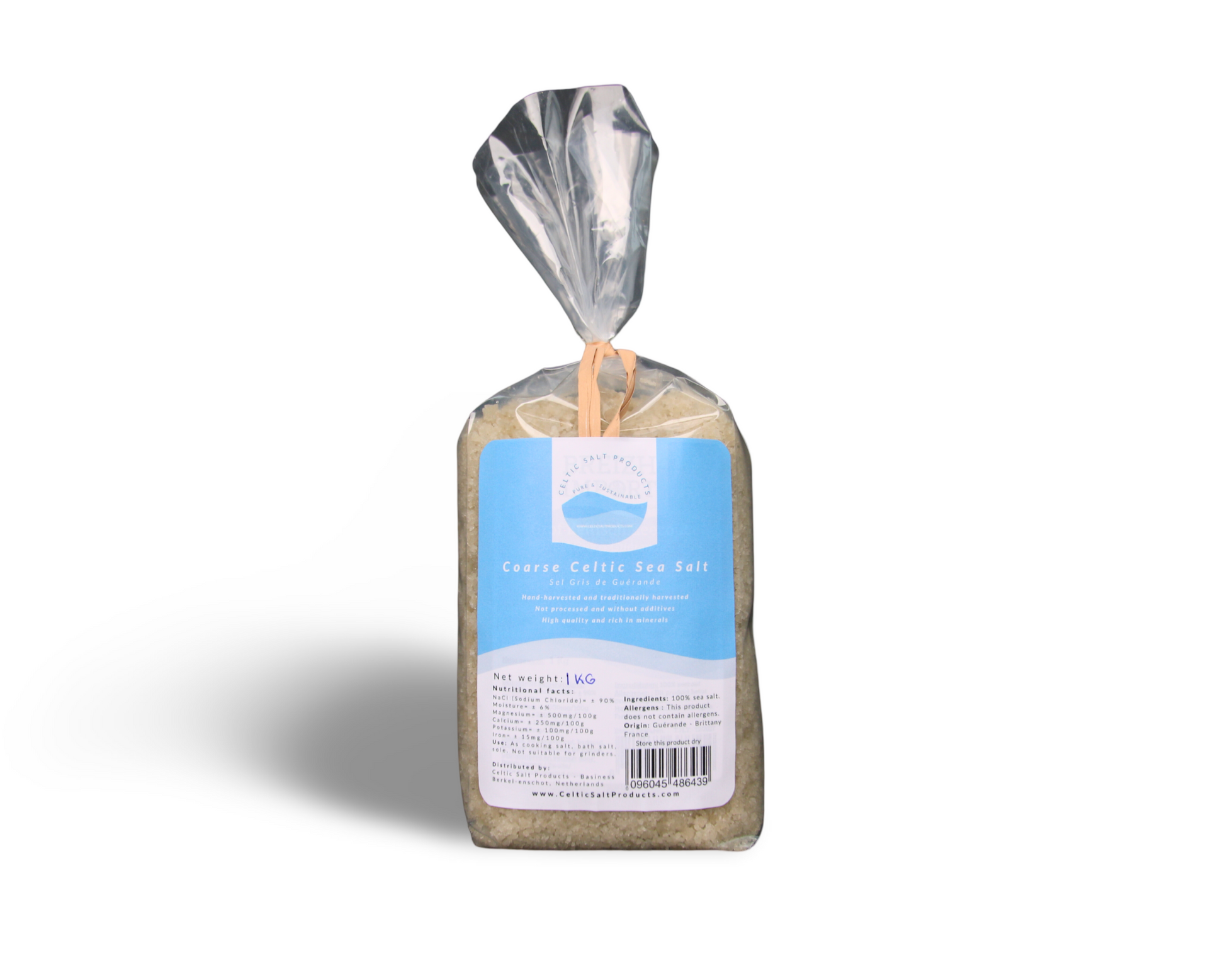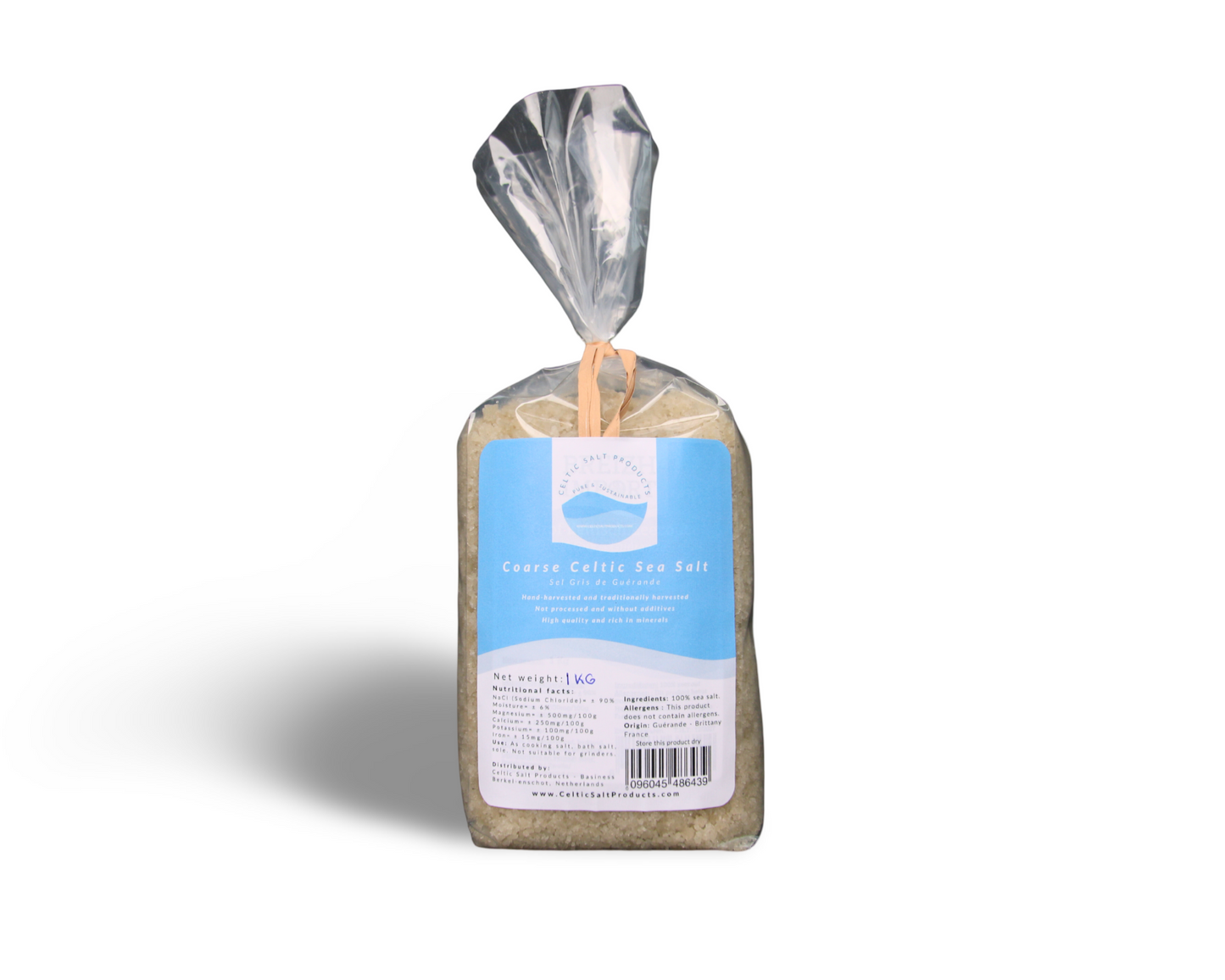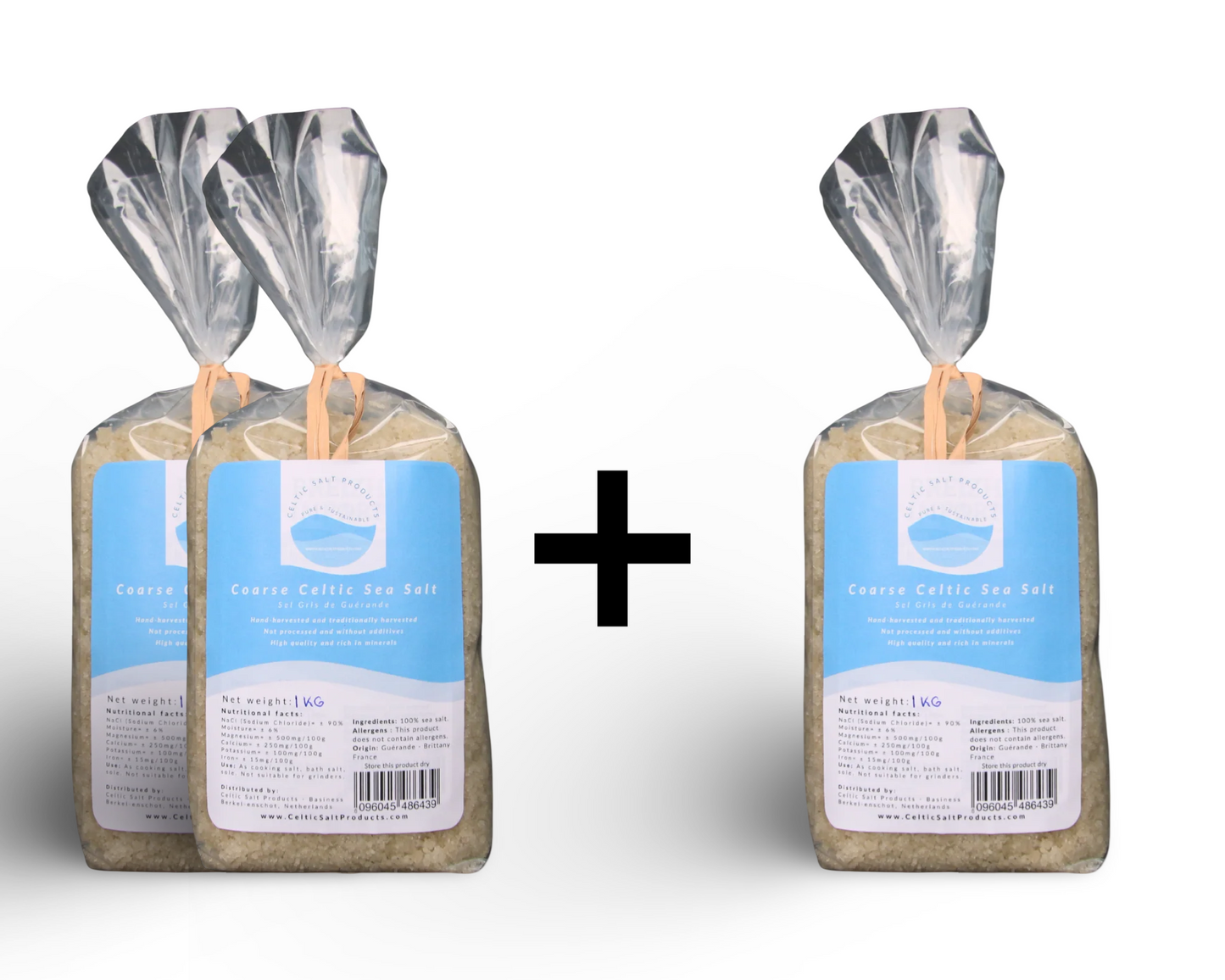Salt is a staple in kitchens worldwide, but not all salts are created equal. While table salt is common, many health-conscious individuals are turning to natural alternatives like Celtic sea salt for its purported health benefits and unique taste. In this blog, we will explore the differences between Celtic sea salt and table salt, examining their production, nutritional value, and health impacts.
Understanding Celtic Sea Salt
Celtic sea salt is a type of sea salt that originates from the coastal regions of France. It is harvested using traditional methods that preserve its natural moisture and mineral-rich profile. The salt is collected manually from tidal pools off the Brittany coast, sun-dried, and then gathered with wooden tools to maintain its natural state.
Key Characteristics:
- Mineral-rich: Contains a spectrum of trace minerals.
- Less processed: Undergoes minimal processing; retains natural moisture.
- Flavor: Has a briny, less harsh taste compared to table salt.
What About Table Salt?
Table salt is the most commonly used salt in households and food industries. It’s heavily processed to eliminate minerals and usually includes additives to prevent clumping.
Key Characteristics:
- Highly processed: Stripped of most natural minerals except sodium and chloride.
- Additives: Often contains anti-caking agents and sometimes iodine.
- Flavor: Has a straightforward salty taste.
Nutritional Differences
The major difference between Celtic sea salt and table salt lies in their mineral content. Celtic sea salt contains up to 84 different trace minerals, including potassium, magnesium, and calcium, which are beneficial for health but are removed from table salt during processing. While both salts contain comparable amounts of sodium chloride, the presence of other minerals in Celtic sea salt can slightly alter its taste and potentially offer health benefits.
Health Impacts
Celtic Sea Salt:
- Hydration: The trace minerals in Celtic sea salt can help maintain proper electrolyte balance.
- pH balance: Its alkalizing minerals can help balance body pH.
- Lower sodium impact: Due to its flavor profile and coarser texture, people may use less salt, reducing overall sodium intake.
Table Salt:
- Iodine fortification: Table salt is often iodized, helping prevent iodine deficiency.
- High sodium content: Can contribute to high blood pressure and other cardiovascular diseases when overused.
Culinary Uses
Celtic sea salt is often favored in gourmet cooking and as a finishing salt, thanks to its nuanced flavor. It can enhance the depth of flavor in dishes without being overpoweringly salty. On the other hand, table salt is typically used during cooking to season dishes uniformly.
Environmental and Cost Considerations
Harvesting Celtic sea salt is more sustainable, relying on natural processes and traditional methods. However, this can also make it more expensive than table salt, which is produced in large quantities using modern and efficient industrial processes.
Conclusion
Choosing between Celtic sea salt and table salt depends on personal preferences, health considerations, and budget. If you're looking for a salt that adds a touch of gourmet flavor and comes with additional minerals, Celtic sea salt is an excellent choice. However, for those who need iodine supplementation or are looking for a more budget-friendly option, table salt may be the way to go.




